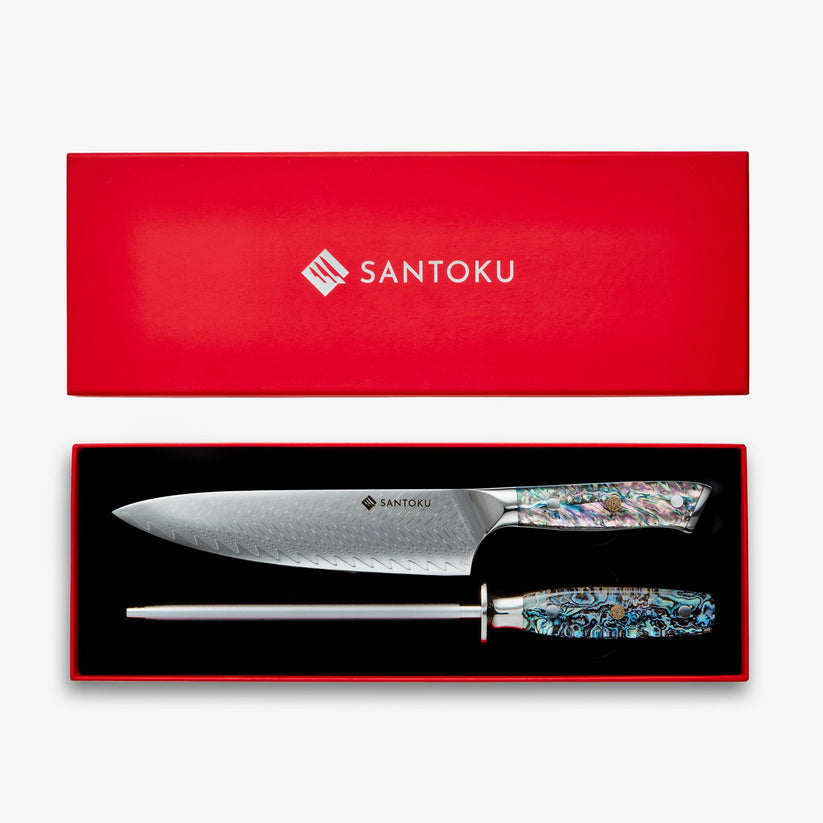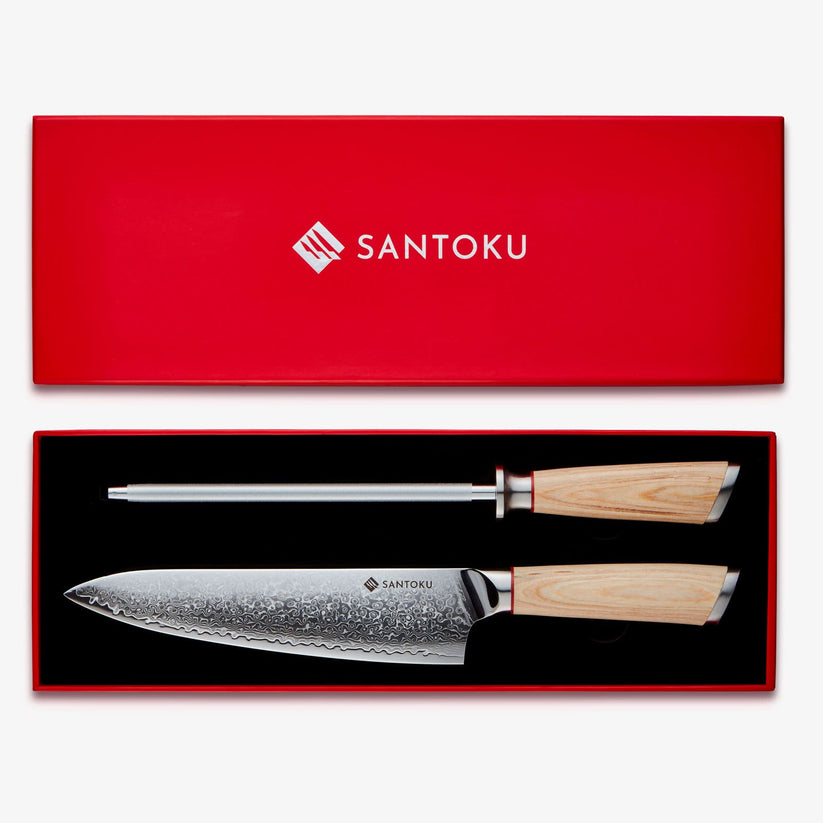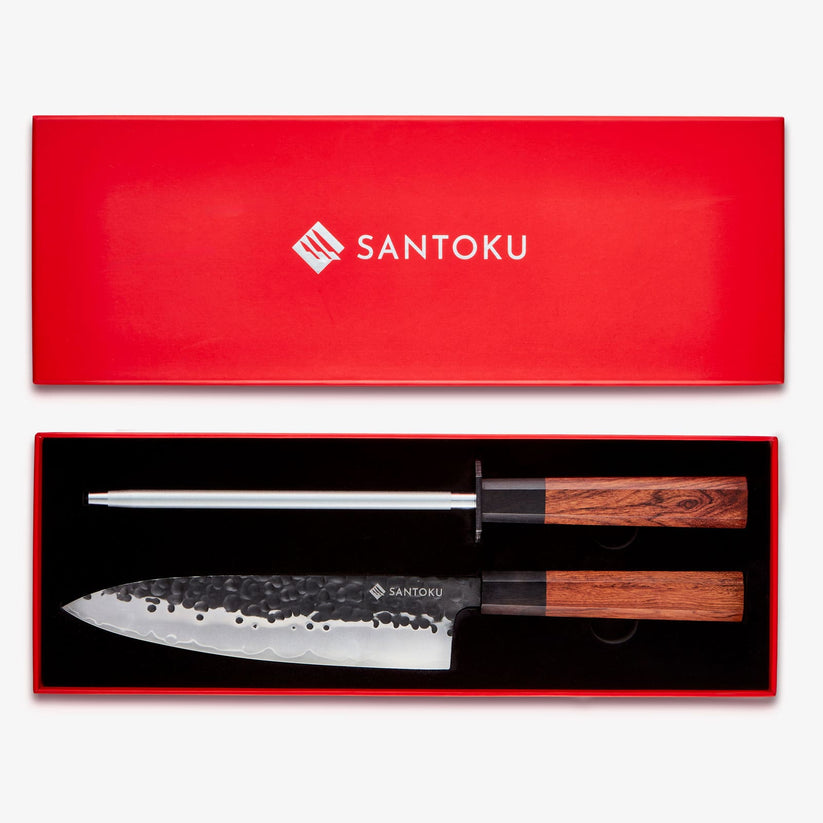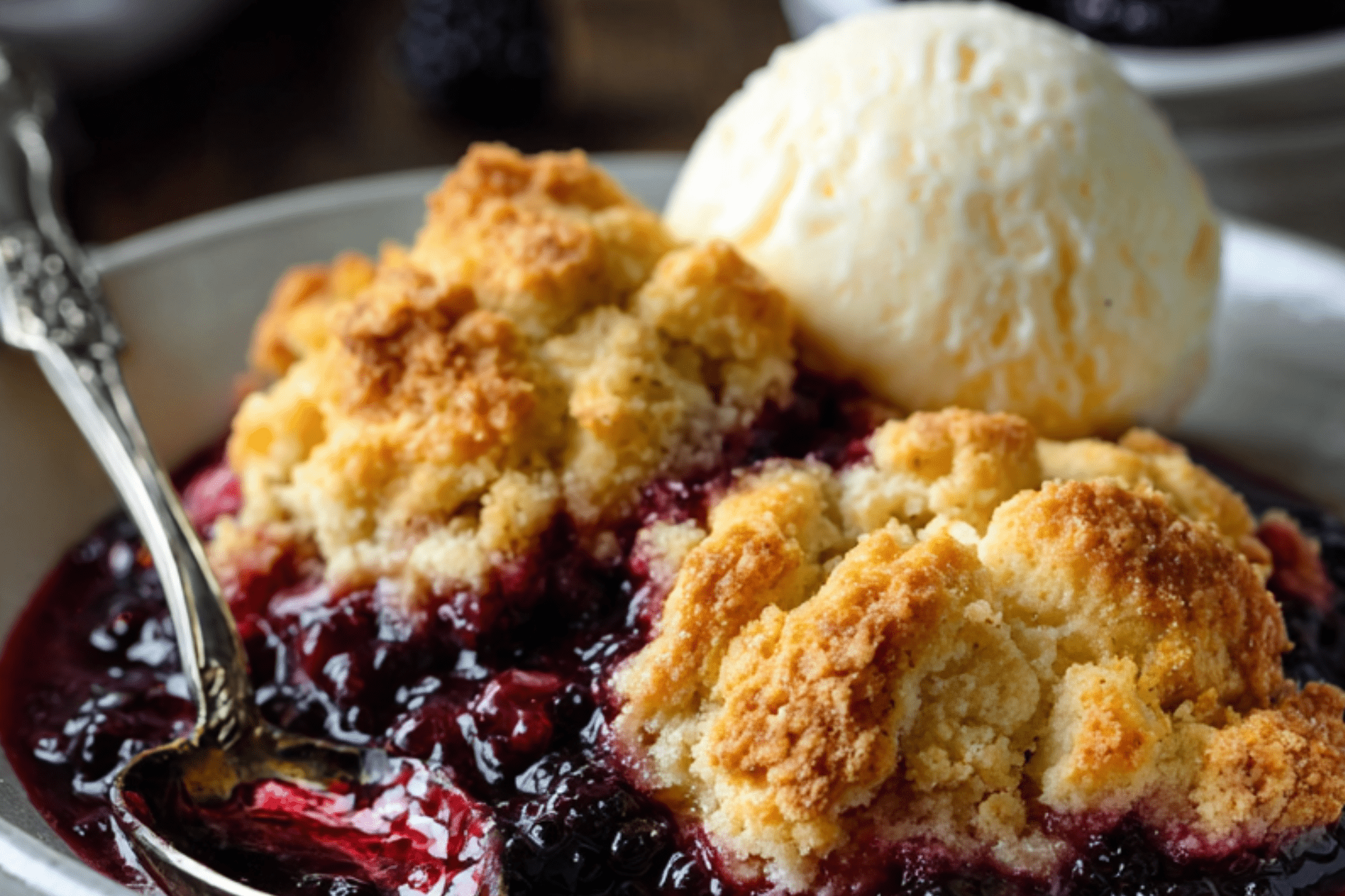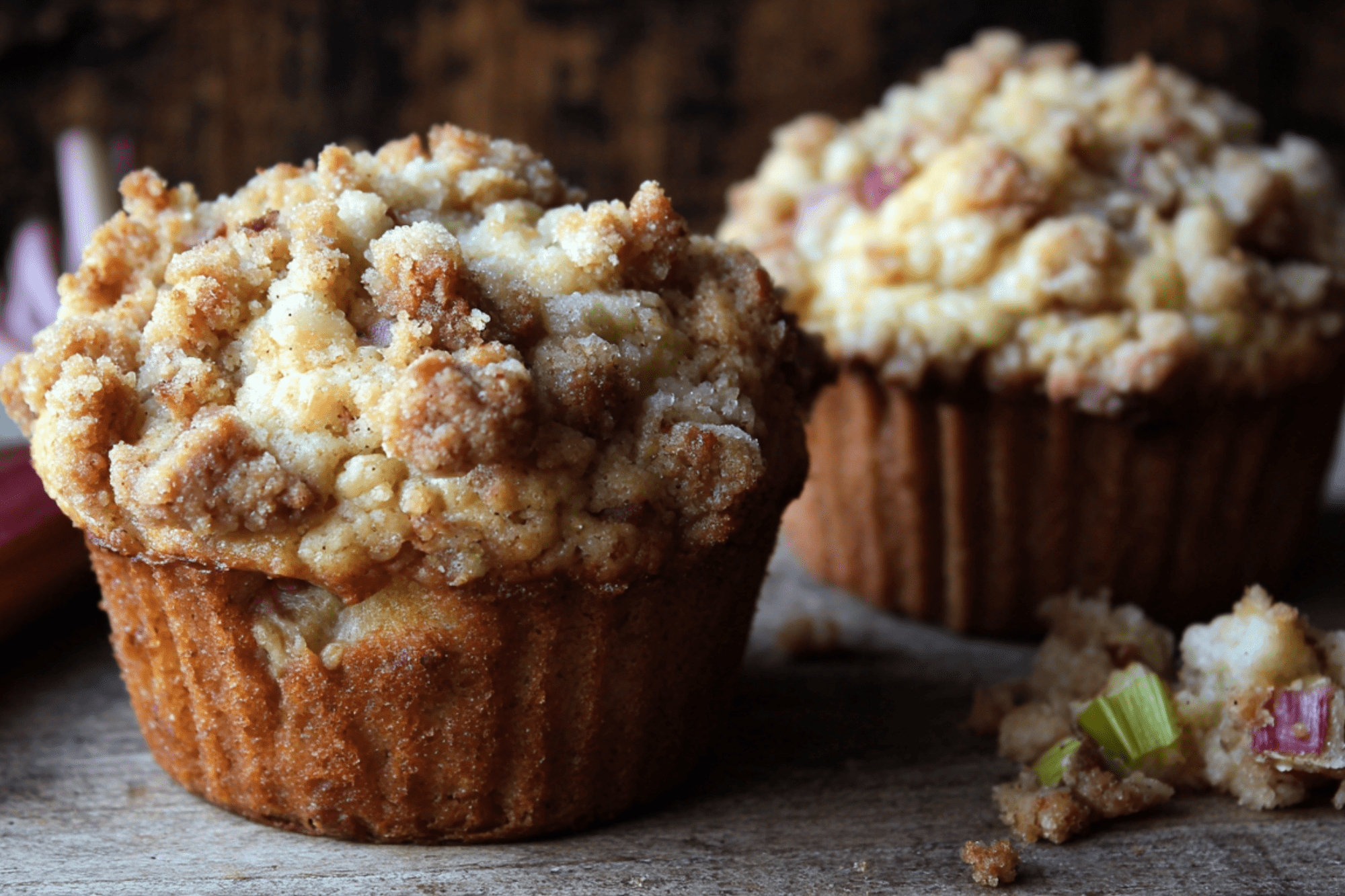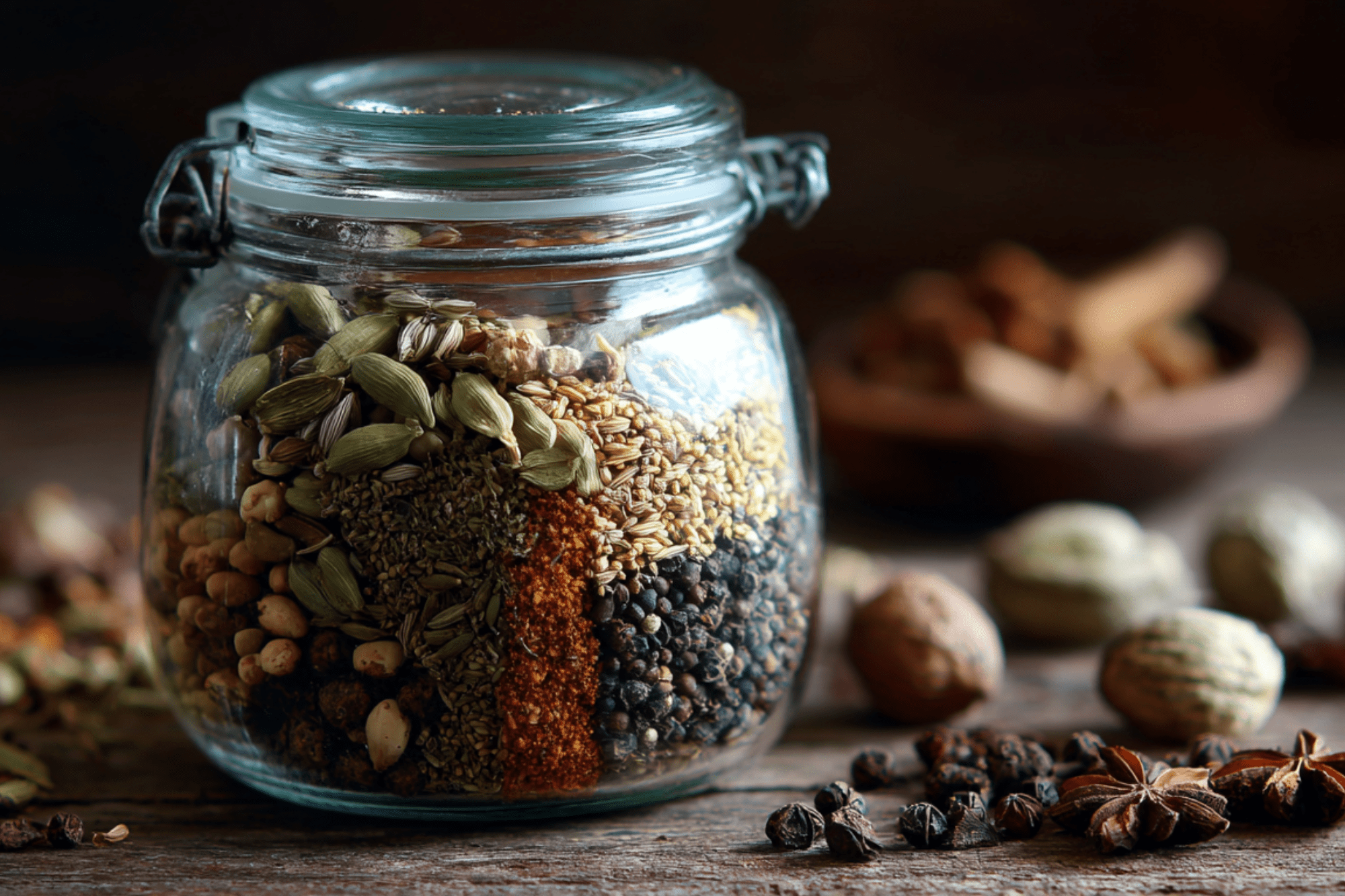
10 Tips for when making this drink
-
Use a highball or copa (balloon) glass to allow aromas to circulate.
-
Always use plenty of fresh, solid ice — it dilutes less.
-
Chill your tonic beforehand for maximum fizz.
-
Pour tonic slowly over a spoon or down the glass to keep carbonation.
-
Squeeze citrus before dropping it in — don’t just garnish.
-
Try different gins (floral, citrus, herbal) to find your perfect match.
-
Use premium tonic water — avoid overly sweet brands.
-
Stir gently to avoid flattening the drink.
-
Don’t skip the garnish — it enhances aroma and flavor.
-
Experiment with botanicals like rosemary, peppercorns, or cucumber for twists.
Serve it with suggestions
-
Charcuterie board with cured meats and cheeses
-
Shrimp cocktail or smoked salmon canapés
-
Spiced nuts or citrus-marinated olives
-
Light tapas like patatas bravas or grilled vegetables
-
Cucumber sandwiches or tea snacks for a refined touch
FAQs
Q: What is the best gin for a gin and tonic?
A: London Dry Gin is classic, but you can explore floral, citrus, or herbaceous gins depending on your taste.
Q: Can I use lemon instead of lime?
A: Yes! Lemon adds a brighter zing, while lime gives a classic tang — both are delicious.
Q: What’s the best tonic water to use?
A: Use a premium tonic with natural quinine and low sugar for a balanced drink. Fever-Tree and Q Tonic are great choices.
Q: Should I stir my gin and tonic?
A: A gentle stir is all you need to mix the flavours without losing bubbles.
Q: Can I make it alcohol-free?
A: Yes — try a non-alcoholic gin and pair it with regular tonic or soda water.

